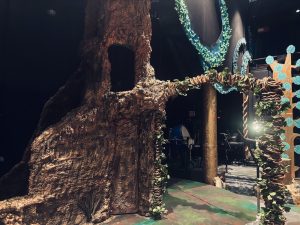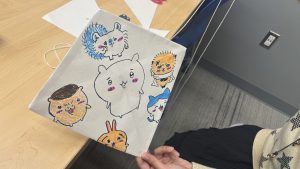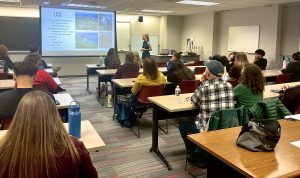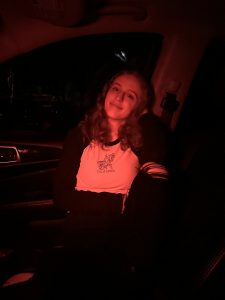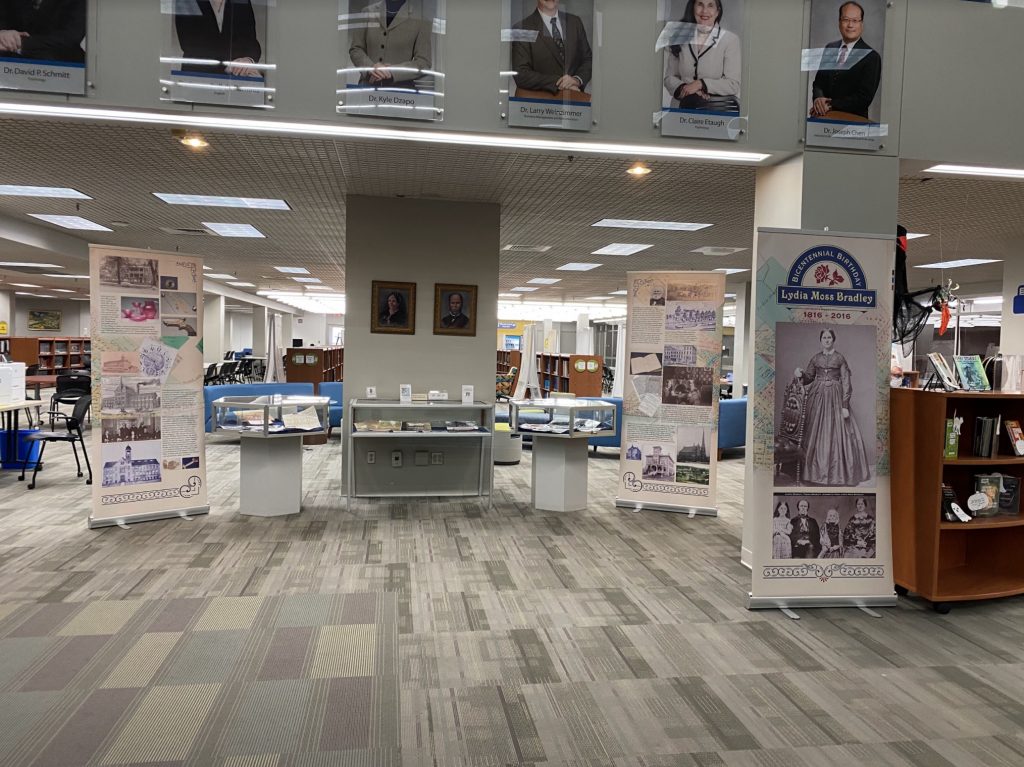
When Bradley was established in 1897 as Bradley Polytechnic Institute (BPI), it looked nothing like it did today. In fact, it wasn’t even a university until founder Lydia Moss Bradley passed.
Lydia had always been a businesswoman, according to the display exhibit that is being showcased in the Cullom-Davis Library until Oct. 31.
The exhibit featured artifacts and pictures from Lydia’s childhood and adulthood. There were large posters detailing an entire timeline of her life. When her children passed, she created a memorial for them, such as Laura Bradley Park, but always wanted to do something more.
“Lydia decided to maybe move towards establishing a school where they could teach practical education for young people,” Linda Aylward, special collections assistant,said.
Growing up, Lydia didn’t have much of an education, studying at home. However, she was taught the ins and outs of business. Her connection in business with the president of the University of Chicago, William Rainey Harper, helped her out when developing BPI.
“She was very philanthropic; there were a lot of things locally besides Bradley Polytechnic Institute that she used her money to help out with,” Aylward said.
The name wasn’t the only thing that was different about the university back then. The years and classes were also very different.
BPI was a two year institution that also taught high school level grades because at the time Peoria had very few high schools. There was an upper- and lower-level academy at the school that were both two years each.
“It would be like freshman and sophomore in high school for the lower academy,” Aylward said. “Higher academy were the juniors and seniors and then there were two years in college.”
There was also a school dedicated to horology — the study and measurement of time, more specifically the making of clocks. Unfortunately, the school of horology was shut down in 1961 after a decline in enrollment for the courses.
While Bradley has changed over the years, the impact and legacy that Lydia has left on Peoria remains.
“She never gives up despite all the hardships in her life,” Aylward said. “She always looked forward to contributing to the community, establishing a memorial for her children who all died early. She kept herself busy, she didn’t just close herself off in her house and live out her years; she was very active in the community and I think that’s a great inspiration.”
